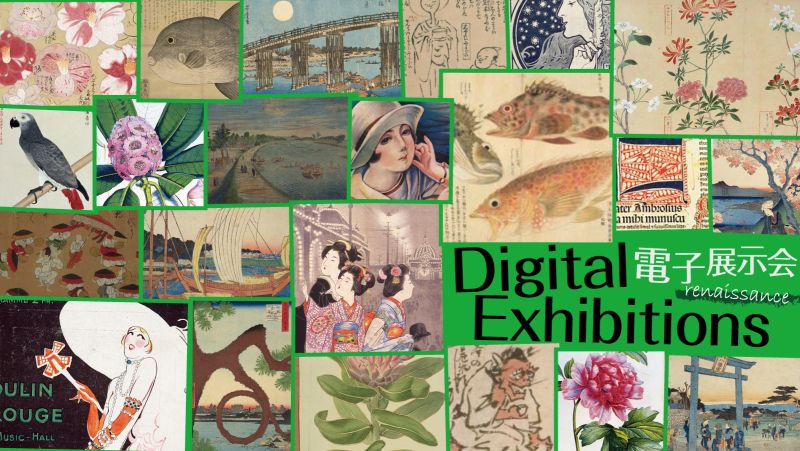Mutsuki (January)

New Year's Events
As a New Year's event, samurai warriors visited castles for New Year's greetings. New Year's events, such as Hatsumode (New Year's visit to a shrine), Gohanshiki (ceremony of forced rice-eating) at Mt. Atago, and Kagamibiraki ceremony where rice cakes are broken open are depicted in nishiki-e, multi-colored woodblock prints. New Year's greetings and ceremonies such as Kagamimochi-hiki, a ceremony in which an extra-large Kagamimochi is towed around like Omikoshi (portable shrine), were also held in Ooku, the women's quarters of Edo Castle.
Setsubun is a ceremony on the eve of Risshun (the beginning of spring). In the Edo period (1603-1867), the calendar was based on the lunisolar calendar, so Setsubun was held either at New Year's or the year's end. Setsubun is the last event before spring.
New Year's scenery and customs
Entertainers called Kadozuke visited the town of Edo and performed Shishimai (lion dance), Sarumawashi (monkey show), Daikagura dance, Daikokumai dance, and Manzai. Tako age (Kite-flying), Koma asobi (playing with tops), Hanetsuki (Japanese badminton), etc., were done outside, and both adults and children enjoyed a day of "Hare" or a special day.
